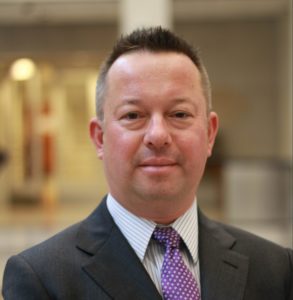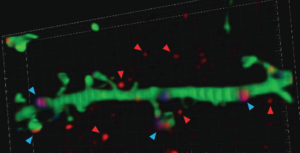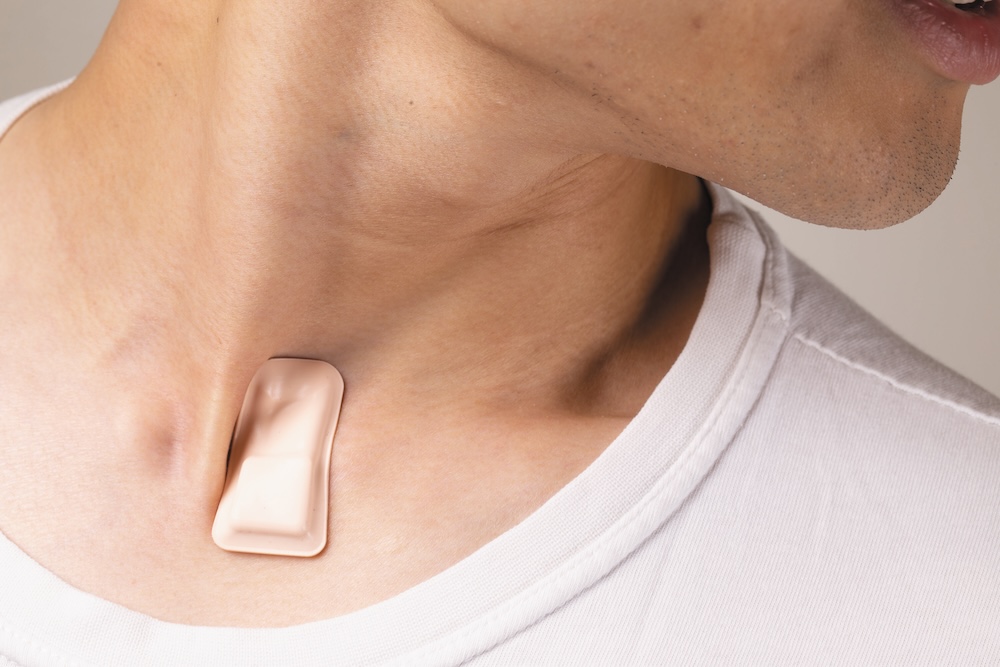
Northwestern Medicine scientists have discovered a biomarker for one type of autism within patients’ cerebrospinal fluid, according to a study published in the journal Neuron.
This biomarker’s presence helps establish a link between autism and epilepsy, conditions which often co-occur but whose conjunctive mechanisms remain unknown, according to Peter Penzes, PhD, the Ruth and Evelyn Dunbar Professor of Psychiatry and Behavioral Sciences, professor of Neuroscience and Pharmacology, and senior author of the study.
“There’s too much excitation and too little inhibition in the brain, which can impact both autism and epilepsy,” said Penzes, who is also director of the Center for Autism and Neurodevelopment. “This is the first report of a biomarker for autism in cerebrospinal fluid.”
Some patients with autism also have epilepsy, especially patients whose autism is linked to mutations in the gene CNTNAP2. This gene normally creates a cellular adhesion protein which helps neurons connect to one another, but loss-of-function mutations have been associated with both autism and epilepsy.
In the current study, Penzes and his collaborators analyzed cerebrospinal fluid (CSF) from patients with autism and heathy controls, finding that patients with autism had fewer molecules of CNTNAP2 floating freely in the CSF.
When CNTNAP2 is freely floating, it functions more like a hormone than a cellular glue, Penzes said, binding to neurons and reducing excitatory neurotransmissions. Therefore, CNTNAP2 may play a secondary role as a regulator of excitatory activity.
“When the brain is getting too excited, CNTNAP2 gets broken off and attaches to brain cells as a sort of feedback switch,” Penzes said. “If you don’t have CNTNAP2, there’s hyper-connectivity between neurons which can contribute to autism, and there’s excessive excitation of neurons which can lead to seizures.”
CNTNAP2’s role in regulating excitation was previously unknown, and points to a possible future therapy in which CNTNAP2 could be administered to patients to replace that which their bodies’ cannot produce. However, its presence in CSF also opens new possibilities as a biomarker, according to Penzes.

“Measures for behavioral health in people with autism could be very subjective, but if we can actually measure levels of CNTNAP2 and correlate that with how well a treatment is working, that could really improve implementation,” Penzes said.
Further, Penzes said he and his collaborators discovered other autism-associated biomarkers in CSF, and studying those will be a priority moving forward.
“Maybe these other factors could be used as biomarkers, and they also might tell us about similar unknown biological mechanisms, as CNTNAP2 did,” Penzes said.
M. Dolores Martin-de-Saavedra, PhD, assistant professor at Universidad Complutense (Madrid, Spain) and former postdoctoral fellow in the Penzes Laboratory, was lead author of the study. Jeffrey Savas, PhD, assistant professor in the Ken and Ruth Davee Department of Neurology Division of Behavioral Neurology, was a co-author of the study.
This work was supported by grant NS100785 from the U.S. National Institute of Neurological Disorders and Stroke and an individual Biomedical Research Award from the Hartwell Foundation.






